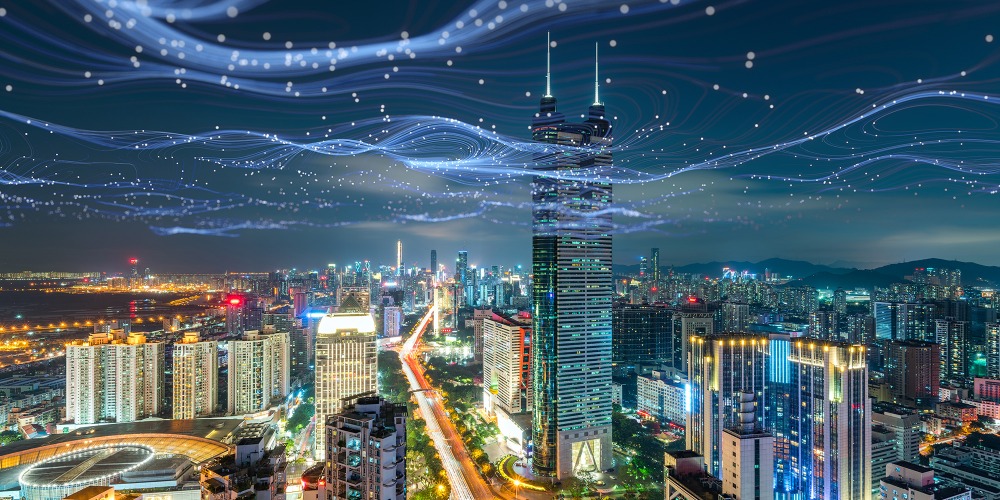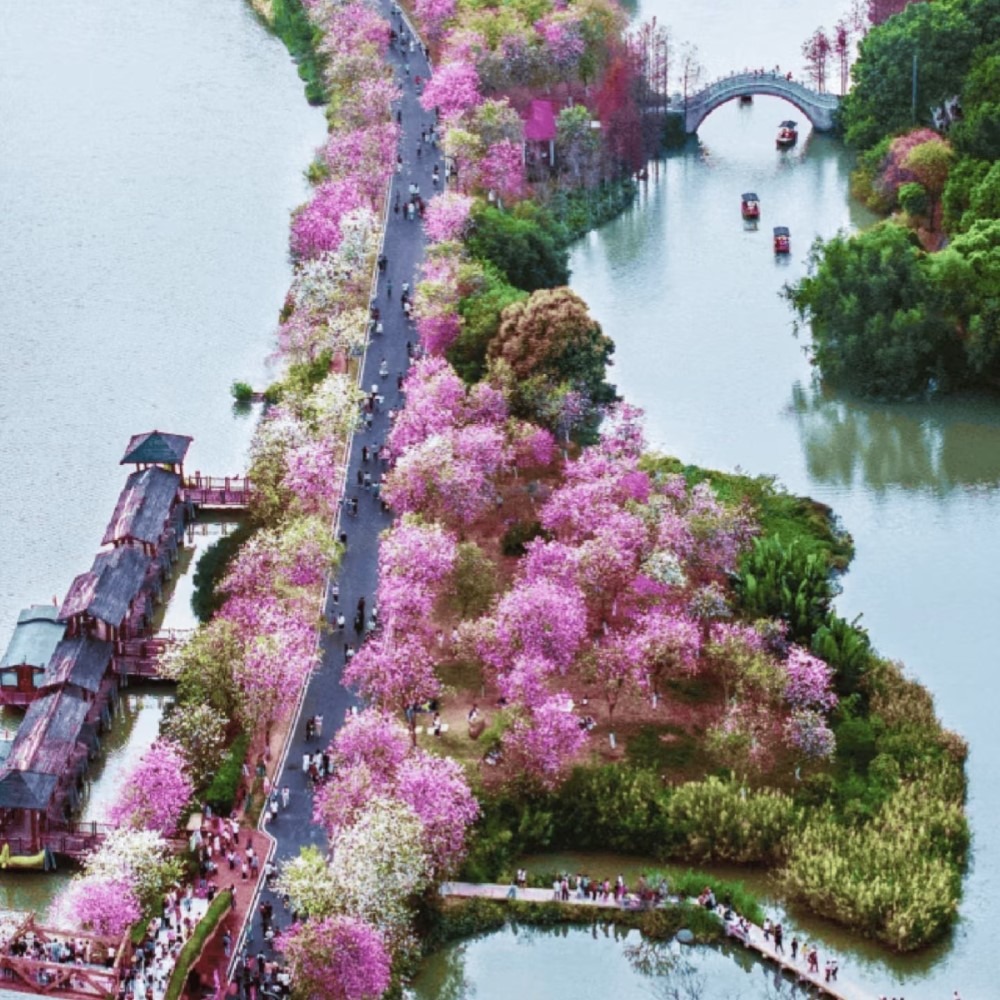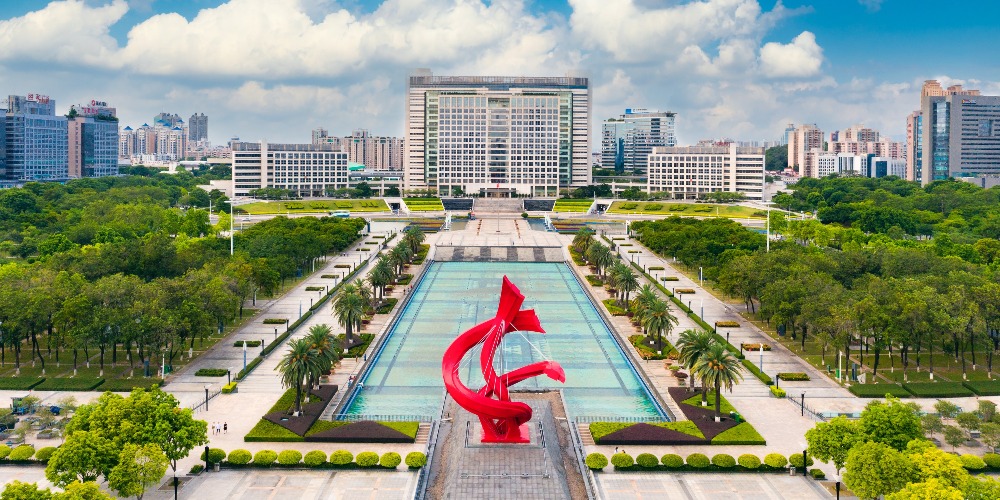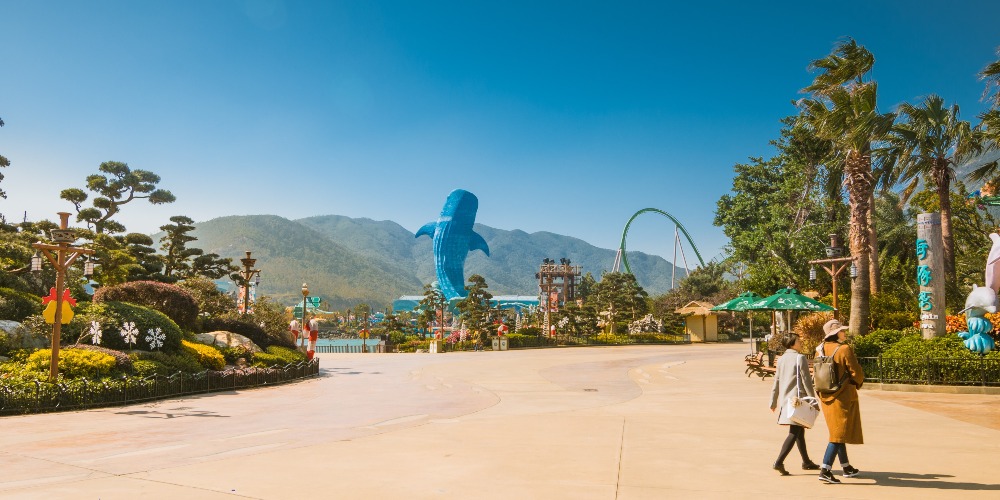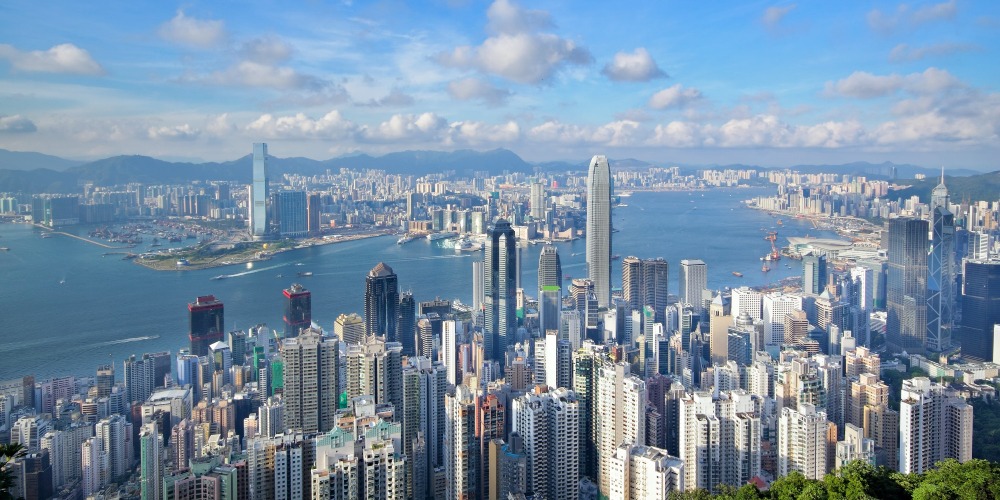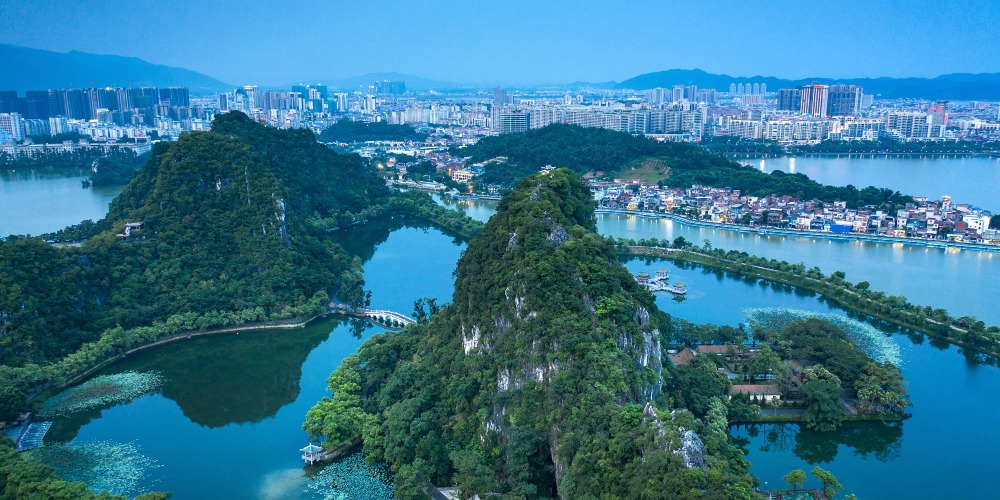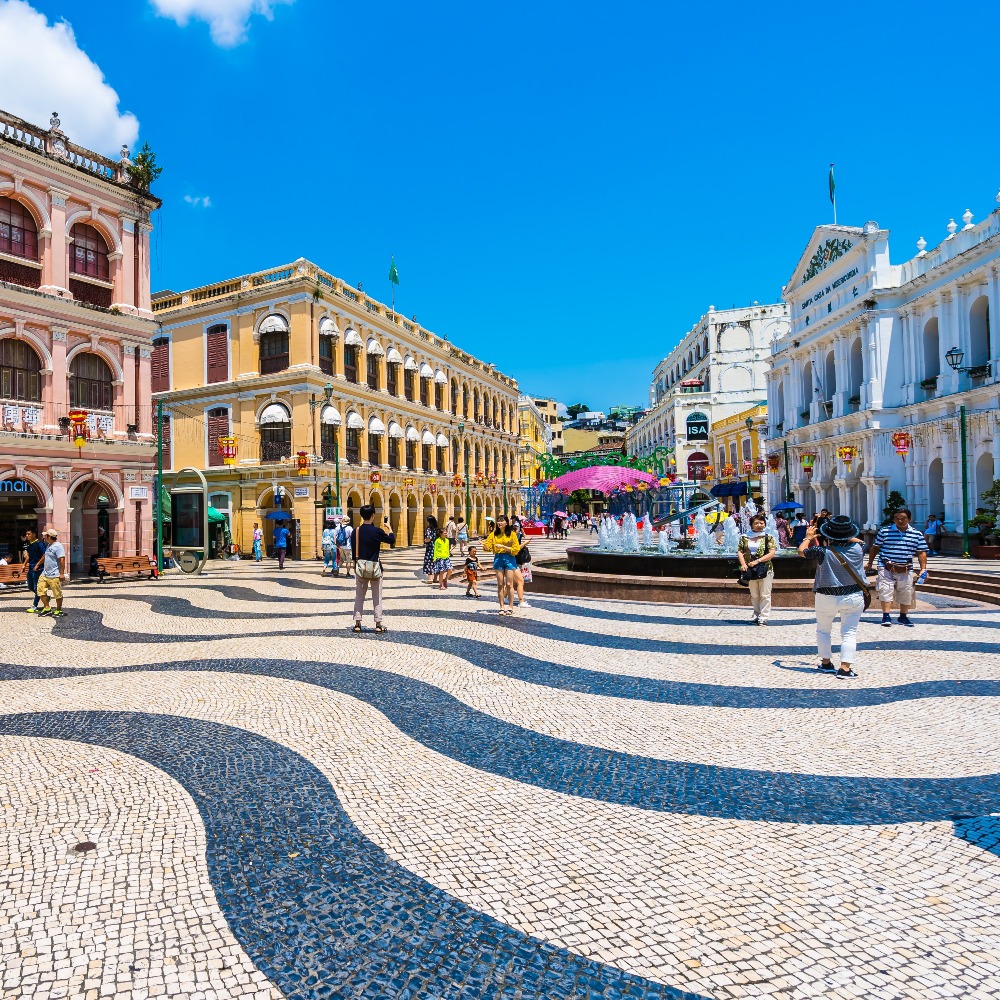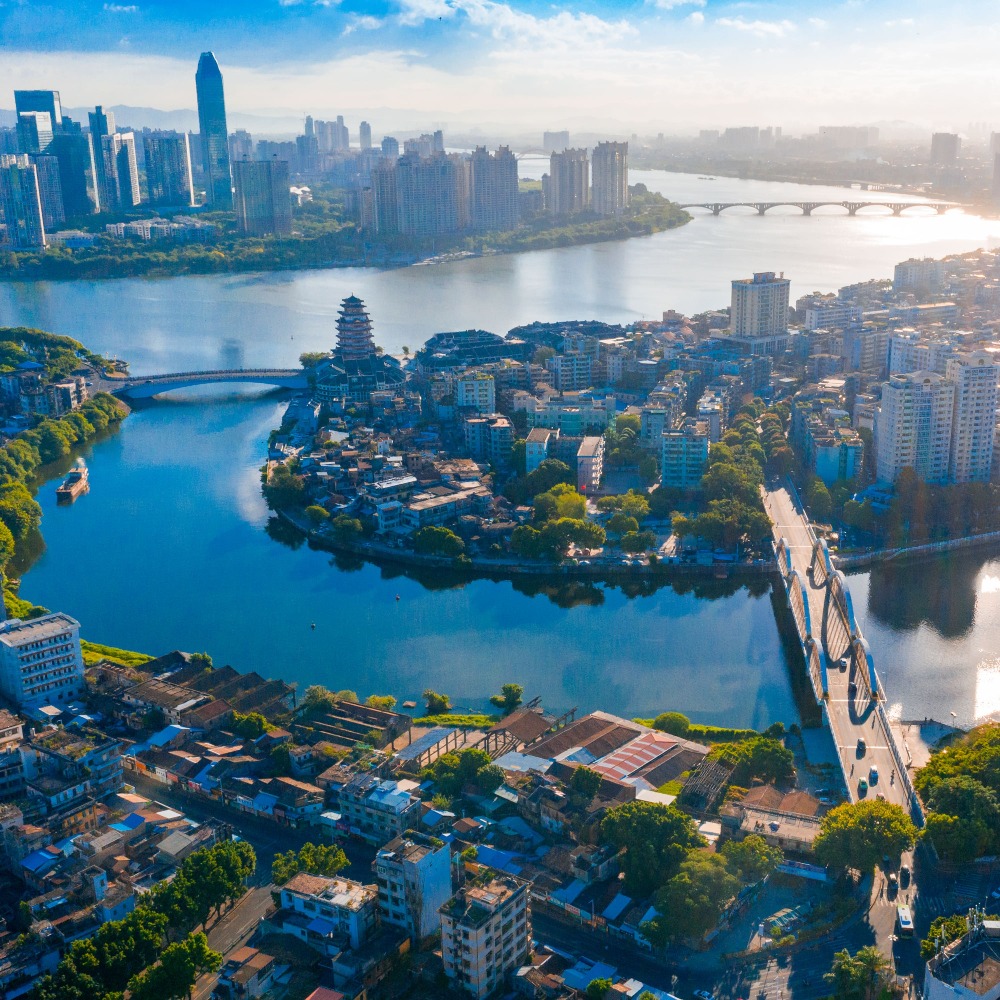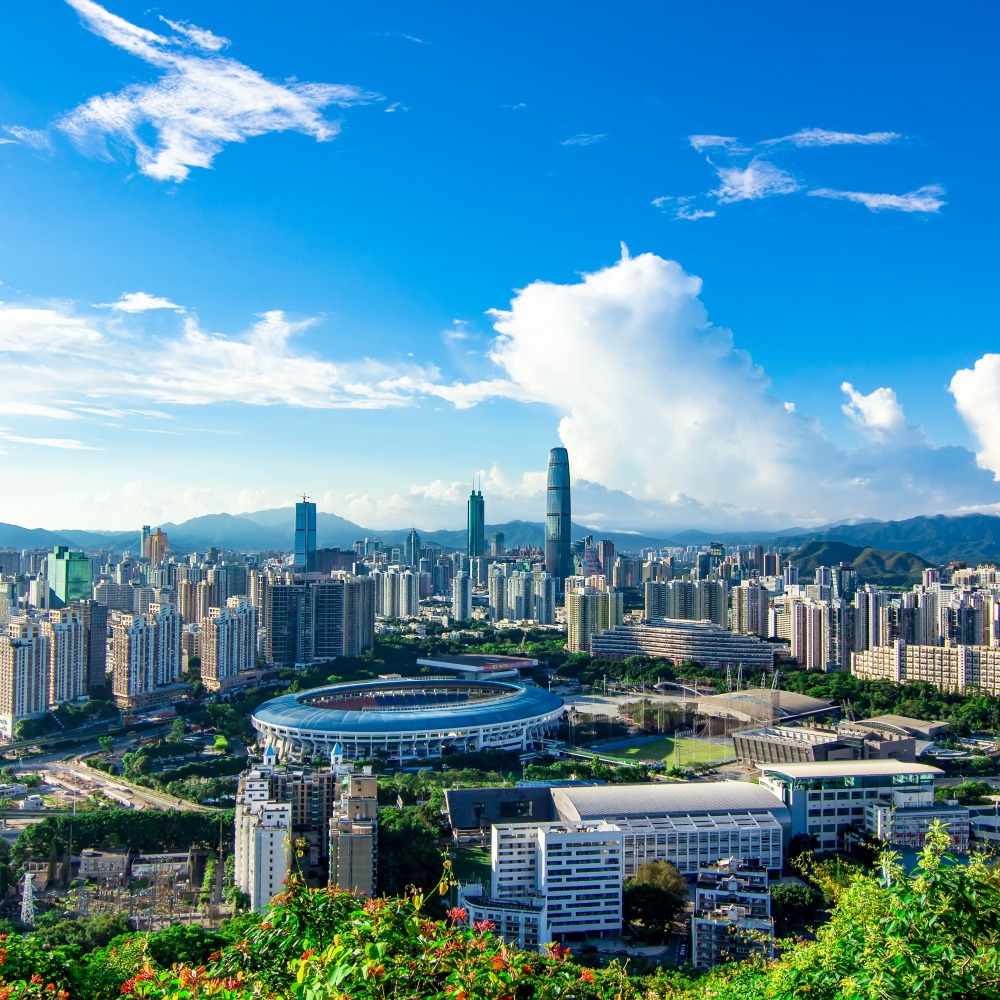Published : 2024-04-10
What needs to be done for the construction of the Greater Bay Area (GBA) in South China?
The outline document for the construction of the GBA, "Outline Development Plan for the Guangdong-Hong Kong-Macao Greater Bay Area" (the Development Plan), mentions seven major tasks.
This series of articles take a look at the achievements in each of these seven areas, with this article focusing on how the GBA "develop an international innovation and technology hub" at seven locations.
Innovation in GBA|Hetao Co-operation Zone
The Hetao Shenzhen-Hong Kong Science and Technology Innovation Co-operation Zone (HTCZ), spanning two areas, is located on both banks of the Shenzhen River which separates Hong Kong and Shenzhen.
The Hong Kong park occupies 0.87 square kilometres, while the Shenzhen park is 3.02 square kilometres.
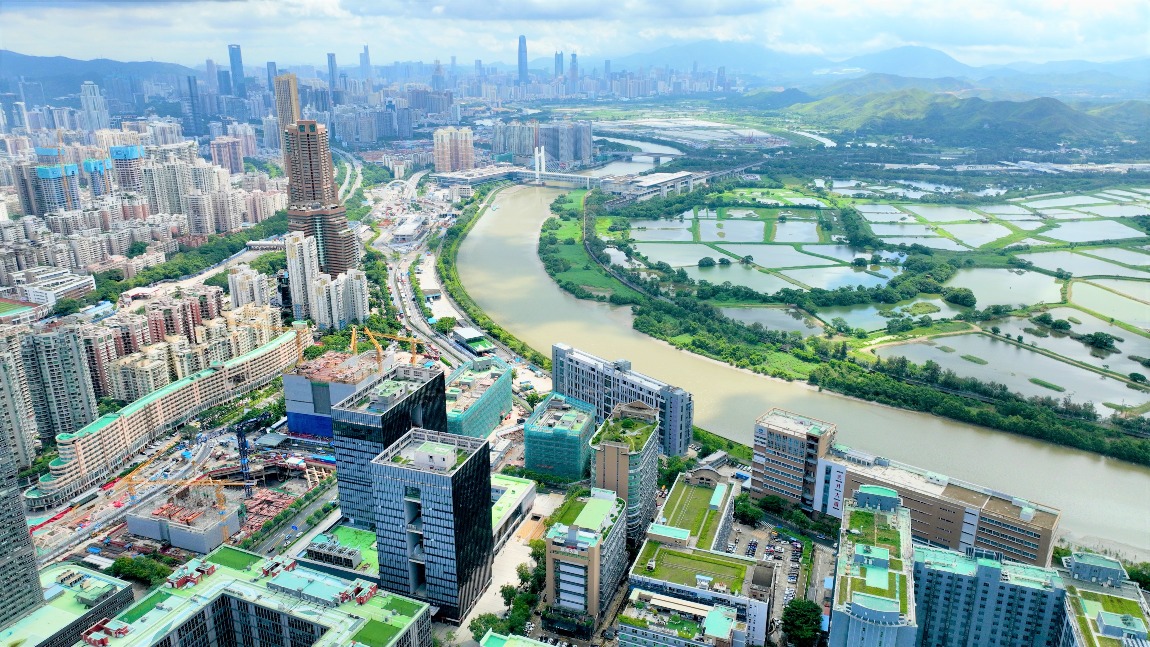
The Development Plan for the Greater Bay Area published in 2019 proposed to build "an open community for co-ordinated innovation in the region that encompasses integrated development", and to pool together international innovation resources.
It explicitly supports the development of Hong Kong-Shenzhen Innovation and Technology Park in the Lok Ma Chau Loop and the adjacent Shenzhen Innovation and Technology Innovation Zone, and the joint construction of an innovation and technology cooperation zone.
The Development Plan also mentioned that there should be supporting policies to facilitate an efficient and convenient flow of people, funds, goods, information, and other elements of innovation.
By 2024, the HTCZ has promoted and implemented more than 160 high-end scientific research projects, preliminarily forming six major innovative and technological clusters including Hong Kong universities, bio-medicine, etc., forming a "half-hour scientific research circle" together with Shenzhen's Guangming Science City, Hong Kong Science Park, etc.
The co-operation zone has become a pioneer in co-ordinated development and in-depth co-operation of innovation and technology in the Greater Bay Area.
In the five years since the Development Plan was introduced, the Greater Bay Area has gradually constructed a spatial layout of technological innovation that includes "two points and two corridors", which has made the innovation and technology ecosystem more open and continuously enhanced its international influence.
These include Shenzhen Hetao and Hengqin of Zhuhai as "innovation poles", and Guangzhou-Shenzhen-Hong Kong and Guangzhou-Zhuhai-Macao innovation and technology corridors.
In addition, the global innovation index ranking of the "Shenzhen-Hong Kong-Guangzhou" technology cluster has ranked second for four consecutive years.
Innovation in GBA|Large-scale scientific facility: China Spallation Neutron Source
In Dongguan's Songshan Lake Science City, there is a "mysterious base" with an area of more than 260,000 square metres. It is the first "large-science scientific facility" in the Greater Bay Area—China Spallation Neutron Source (CSNS).
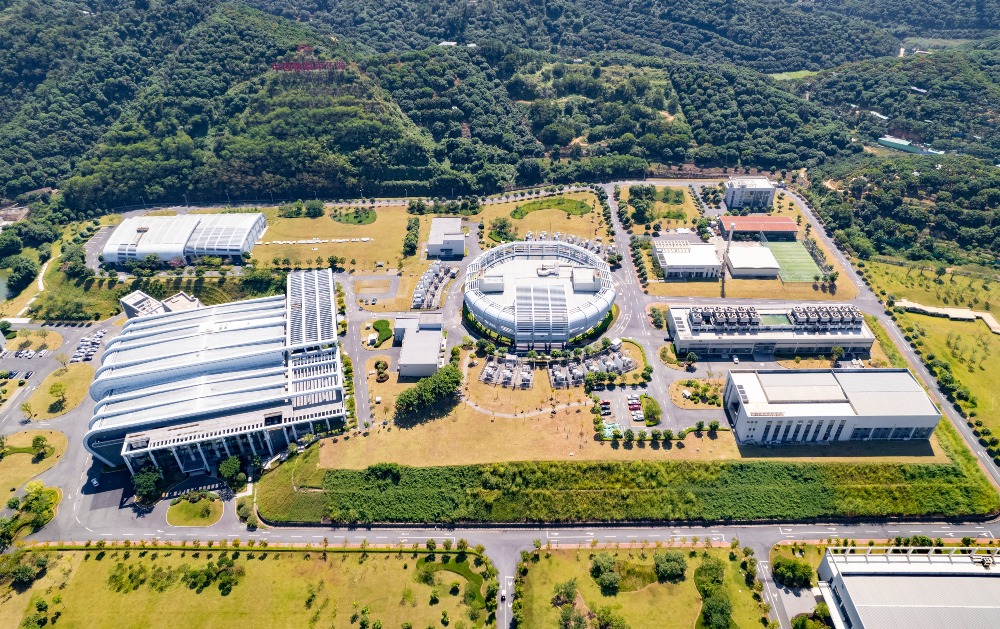
It is the fourth pulsed spallation neutron source project in the world, filling the gap in this field in China.
The first phase of the project was launched in 2018. By mid-2023, there were more than 4,300 registered users worldwide, with more than 1,000 tasks completed and fruitful results in areas such as new lithium battery materials and aviation materials.
Large-scale scientific facilities, also known as "major science and technology infrastructure", are seen as the "aircraft carrier" of the scientific research field. Since the 1990s, 48% of the achievements that have won the Nobel Prize in Physics have relied on large-scale scientific facilities.
The Development Plan proposed to support the development of major science and technology infrastructure and to enhance building of basic innovation capacity.
As of 2023, the Greater Bay Area has laid out and built 9 national major science and technological infrastructures, among which 3 are in Dongguan, 2 in Huizhou, and Guangzhou, Shenzhen, and Jiangmen each have one.
Innovation in GBA|State Key Laboratory of MUST
Hong Kong and Macao have strong scientific research capabilities and a high degree of internationalisation, which are important forces in building the international innovation and technology hub of the Greater Bay Area.
Established in 2018, the "State Key Laboratory of Lunar and Planetary Science" (SKLPlanets) at the Macau University of Science and Technology (MUST), is the only state key laboratory in the field of astronomy and planetary science.
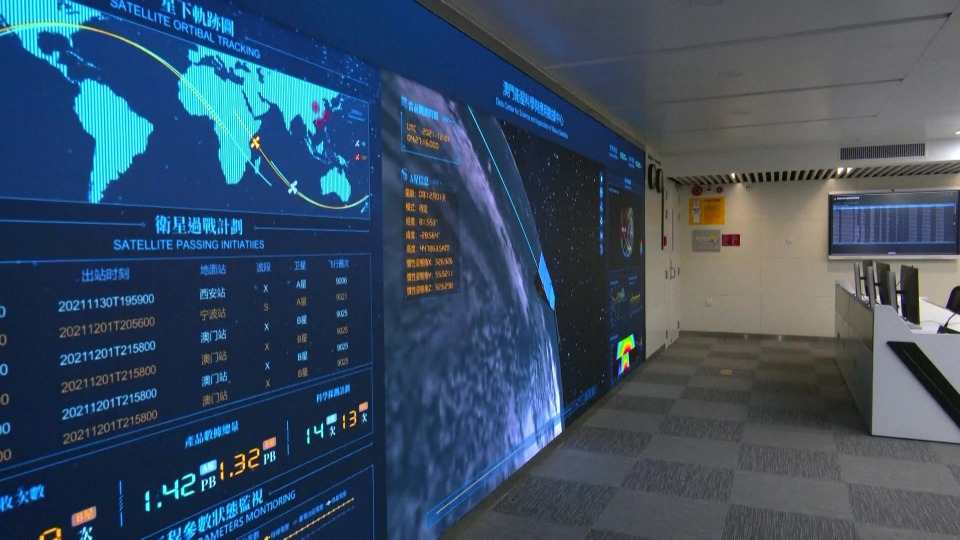
State Key Laboratories are an important part of China's innovation system. China launched this programme in 1984, aiming to gather and cultivate top talents, conduct cutting-edge research, and promote scientific and technological development.
The Development Plan proposed to "promote the integration of Hong Kong and Macao into the national innovation system thereby enabling them to play more important roles", including to take forward the development of State Key Laboratories in Hong Kong and Macao, progressively opening up to Hong Kong and Macao the major science and technology infrastructure facilities etc.
By 2023, the Greater Bay Area has built 50 State Key Laboratories, 16 of which are in Hong Kong and 4 in Macao, and more than 30 Guangdong-Hong Kong-Macao Joint Laboratories have been established.
The 25 key projects and more than 130 thousand large-scale scientific research instruments of National Key R&D Programme are open to Hong Kong and Macao; 5 institutions, including the University of Hong Kong-Shenzhen Hospital (HKU-SZH), have been approved to apply for the use of human genetic resources in Hong Kong.
From 2018 to 2023, the cross-border transfer of Mainland China research funding to Hong Kong amounted to approximately 800 million CNY.
From 2015 to 2023, Macao and the Mainland jointly conducted 178 research and development projects, receiving funding from the Mainland of more than 270 million CNY.
